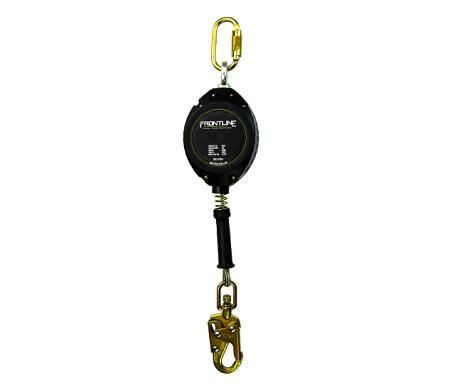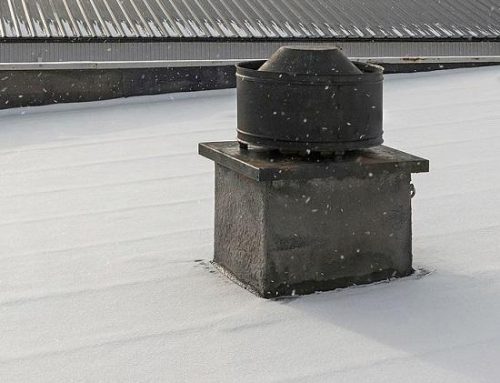Working at heights can be incredibly dangerous, and it’s essential that proper safety measures are in place to protect workers. One of the most important safety measures is fall protection, and self-retracting devices (SRDs) are an essential component of any fall protection plan. SRDs are designed to provide fall protection while allowing workers the freedom of movement they need to complete their work.
In this article, we’ll take a closer look at self-retracting devices and provide a guide for safety professionals on how to use them effectively.
- Understanding the basics. SRDs are designed to automatically lock when a worker falls, preventing them from hitting the ground. They consist of a cable or webbing that is attached to a worker’s harness and a housing that contains a spring-loaded drum. The cable or webbing is pulled out of the housing as the worker moves around, and if a fall occurs, the spring-loaded drum automatically locks, arresting the fall.
- Choosing the right SRD. There are many different types of SRDs on the market, and it’s essential to choose the right one for your application. Factors to consider when choosing an SRD include the type of work being done, the weight of the worker, and the environment in which the work is being done. For example, SRDs that are designed for use in harsh environments, such as those with high winds or extreme temperatures, will be different from those designed for use in more moderate environments.
- Proper installation and maintenance. Proper installation and maintenance are critical for ensuring the effectiveness of SRDs. This includes ensuring that the SRD is properly attached to the anchor point and that all components are in good working condition. Regular inspections should be conducted to ensure that the SRD is functioning properly and that there are no signs of wear or damage.
- Training your workers. It’s essential that all workers who will be using SRDs are properly trained on how to use them. This includes training on proper installation, use, and maintenance of the SRD, as well as how to properly attach and detach from the SRD. It’s also important to train workers on what to do in case of a fall and how to safely evacuate the area if necessary.
- Emergency procedures. In case of a fall, it’s essential that workers know how to properly evacuate the area and that emergency procedures are in place. This includes having a rescue plan in place, ensuring that workers are aware of the location of emergency exits, and having emergency personnel on standby.
- OSHA regulations. The Occupational Safety and Health Administration (OSHA) has specific regulations in place for fall protection, including the use of SRDs. It’s important to familiarize yourself with these regulations and ensure that all workers are in compliance.
- Proper use of SRDs. To ensure the effectiveness of SRDs, it’s essential that they are used properly. This includes ensuring that the SRD is properly attached to the anchor point, that all components are in good working condition, and that the worker is properly attached to the SRD. It’s also important to ensure that the worker is aware of the fall clearance required for the specific SRD being used.
- Additionally, it’s important to note that self-retracting devices are not a substitute for other fall protection equipment such as guardrails or safety nets. They should be used in conjunction with other fall protection methods to provide multiple layers of protection. Employers should also consider the type of work being performed and the specific hazards associated with it to determine if self-retracting devices are the most appropriate fall protection solution.
- Another important aspect to consider is the regular testing and recertification of the SRDs, to ensure that they are in good working condition and will function properly in case of an emergency. Employers should also consider the different types of SRDs available, such as those that come with a built-in shock absorber, which can provide additional protection in case of a fall.
- Lastly, it’s important to keep in mind that fall protection equipment should not be viewed as a one-time purchase, but as an ongoing investment that requires regular maintenance, inspection, and replacement. Employers should establish a regular schedule for inspecting, testing, and replacing SRDs to ensure that they are in good working condition and ready to protect workers in case of a fall.
In conclusion, fall protection is a crucial aspect of keeping workers safe while working at heights. Self-retracting devices can provide an additional layer of safety, but it’s important that they are used correctly and in conjunction with other fall protection methods. Employers should make sure that they understand the basics of SRDs, choose the right SRD, maintain and test them regularly, train their workers, have emergency procedures in place and comply with OSHA regulations. By taking these steps, employers can help to ensure that their workers are protected while they work at heights.










